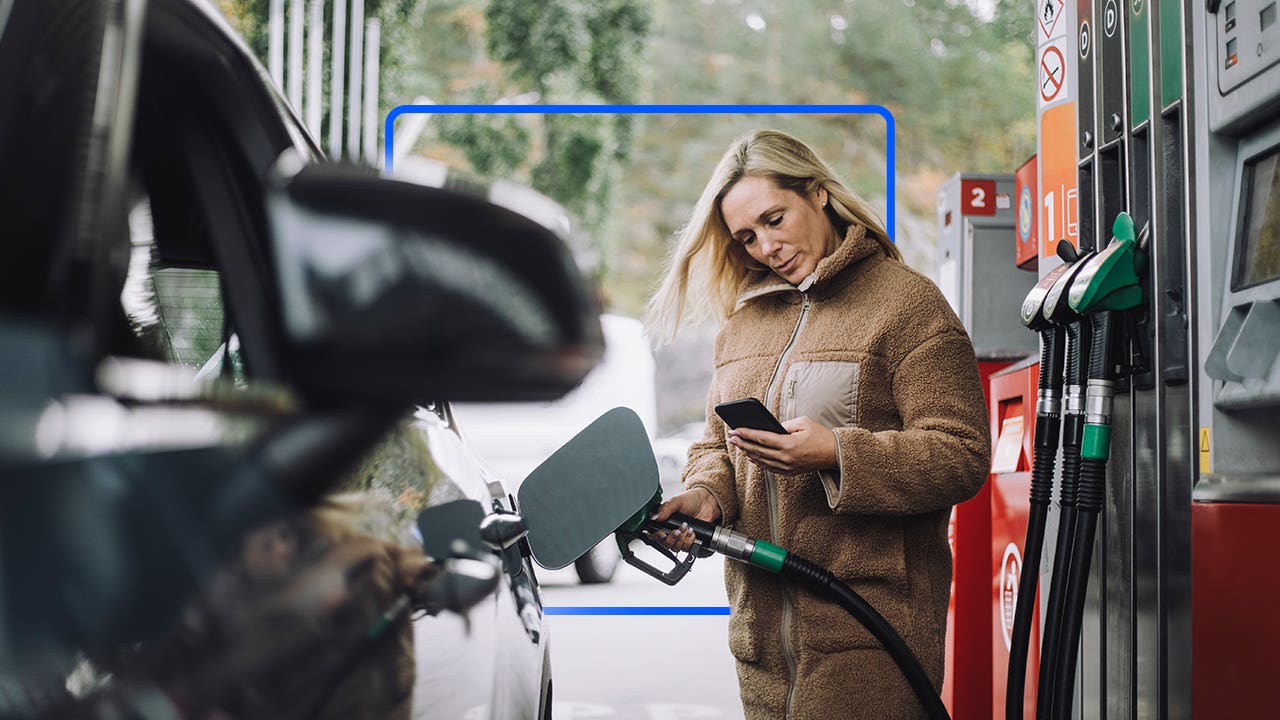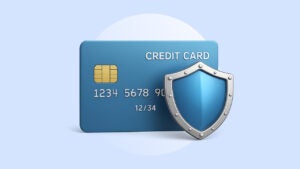Places you should avoid using your debit card

Key takeaways
- Debit cards lack the fraud protections of credit cards, with potential losses up to $500 if fraud isn’t reported within two days.
- Gas stations, bars, restaurants and online shopping are the riskiest places to use debit cards due to skimming vulnerability.
- Contactless payments and credit cards offer better security than traditional debit cards.
- Monitor your checking account daily and report suspicious activity immediately to minimize fraud losses.
Debit card fraud costs financial institutions and consumers over $1 billion annually. Unlike credit cards protected by the Fair Credit Billing Act, debit cards fall under the Electronic Funds Transfer Act, which offers less consumer protection. While you can use your debit card almost anywhere, certain locations (like gas stations, bars, restaurants and online retailers) significantly increase your risk of becoming a fraud victim.
Understanding where debit cards are most vulnerable — and knowing safer payment alternatives — can protect your money and personal information from criminals who use skimming devices to steal card data.
6 risky places to avoid using your debit card
Gas stations
Gas pump skimmers remain a persistent threat despite ongoing security upgrades. Many pumps still lack chip card technology, making magnetic stripe cards easy targets for criminals.
Consumers should especially avoid using debit cards at gas pumps given their heightened vulnerability to skimming activity. It’s much safer to pay inside or use a credit card at the pump, since credit cards have legal fraud protections in place that don’t exist with debit cards.
Safer alternatives:
- Pay inside with cash or credit card
- Use contactless payment methods like Apple Pay or Google Pay
- Choose well-lit, busy gas stations over isolated locations
Bars and restaurants
When you hand your debit card to a server or bartender, you lose control of where it goes and who handles it. Your card could be swiped through unauthorized devices or have its information copied.
Some establishments now offer contactless payment terminals brought directly to your table, eliminating the need to hand over your card. This technology prevents magnetic stripe scanning while keeping your card in sight.
Better payment options:
- Cash payments
- Credit cards with enhanced liability protections
- Contactless payment when available
Retail stores
While not always avoidable, retail environments can expose debit cards to skimming devices. Criminals often target busy stores where unusual card reader attachments might go unnoticed.
Contactless payment offers significant security advantages. Most retail stores now accept tap-to-pay options compatible with debit cards, Apple Pay, and Google Pay. If contactless payment isn’t available, chip-enabled debit cards provide better security than magnetic stripe transactions.
Online shopping
Over 80% of Americans shop online, with U.S. online retail spending projected to reach $1.47 trillion in 2025. However, online shopping issues were the second most commonly reported fraud category in 2024, according to Federal Trade Commission data.
To combat online shopping scams, avoid entering debit card details when possible. If you are using a browser to purchase items, make sure it’s a merchant you trust that offers a payment option you feel comfortable with, like PayPal or other encrypted services that maintain your payment information without requiring you to enter card data directly.
Popular tourist locations
Popular vacation spots attract both tourists and the criminals who target them. Tourist areas often feature less secure payment terminals and higher foot traffic that can mask skimming devices.
When traveling, credit cards offer additional benefits beyond fraud protection, including potential foreign transaction fee waivers. The FBI recommends using ATMs and payment terminals in well-lit, indoor locations and always covering your PIN when entering it.
Festivals and pop-up events
In June 2023, the BBB warned consumers of an increasingly popular scam: Fake tickets to summer festivals. These events often involve fraudulent tickets or entirely fabricated events.
Protection strategies:
- Use credit cards for ticket purchases to enable dispute options
- Avoid buying tickets from Craigslist, Facebook Marketplace or other free listing sites
- Verify event legitimacy through official venue websites
How debit card fraud happens and why protection matters
Skimming involves illegally capturing credit or debit card information from card readers. Criminals use this stolen data or record your PIN to create fake cards and drain your account. The key difference between debit and credit card fraud protection is significant:
Credit cards: Limited to $50 liability under the Fair Credit Billing Act
Debit cards: Up to $500 liability under the Electronic Funds Transfer Act if not reported within two days
The biggest difference between credit and debit card fraud is immediate access to your money. With a credit card, fraudsters are spending the bank’s money. With debit cards, they’re spending your money directly from your checking account, which can leave you short on funds while the bank investigates.
Best practices for making safe payments
Use contactless payment technology
Contactless payments create encrypted transactions using temporary tokens instead of your actual card information. Each time you make a payment using one of these methods, your payment card information is not exchanged with the merchant but rather with a stand-in token that creates a safer encrypted transaction.
Secure your mobile wallet
Enable device location services and remote wiping capabilities in case of theft. Use biometric protections like facial recognition or fingerprint scanning to secure payment apps. There are no excuses for not protecting your payment apps from criminals — facial scans and fingerprint protections work effectively to protect your information.
Monitor your accounts actively
Set up mobile banking alerts for suspicious activity and check your checking account daily. The best thing you can do is monitor your own bank and credit card accounts weekly, if not daily. If you spot any unusual transactions, verify them with your spouse or other account holders, then notify the bank or card issuer immediately.
What to do if your debit card is compromised
If you notice suspicious debit card activity:
- Lock your card immediately through your mobile banking app or by calling your bank
- Contact your bank as soon as possible to report unauthorized transactions
- Document everything – keep records of fraudulent charges and your communications with the bank
- File a complaint with the Federal Trade Commission to help prevent future scams
Under the Electronic Funds Transfer Act, you’re not liable for fraudulent transactions if you report them within two days. Quick action protects both your money and helps your bank recover stolen funds.
Bottom line
No matter how safe you are with your payments, the reality is that fraud is always a possibility. In addition to watching where you use your debit card, spend an equal amount of energy watching the activity in your checking account. Consider setting up mobile banking alerts for when a banking app detects any suspicious activity.
“The best thing you can do is monitor your own bank and credit card accounts weekly, if not daily,” ACFE’s Zirkle says. “If you spot any unusual transactions, verify them with your spouse or other account holders, then notify the bank or card issuer right away.”
Why we ask for feedback Your feedback helps us improve our content and services. It takes less than a minute to complete.
Your responses are anonymous and will only be used for improving our website.






